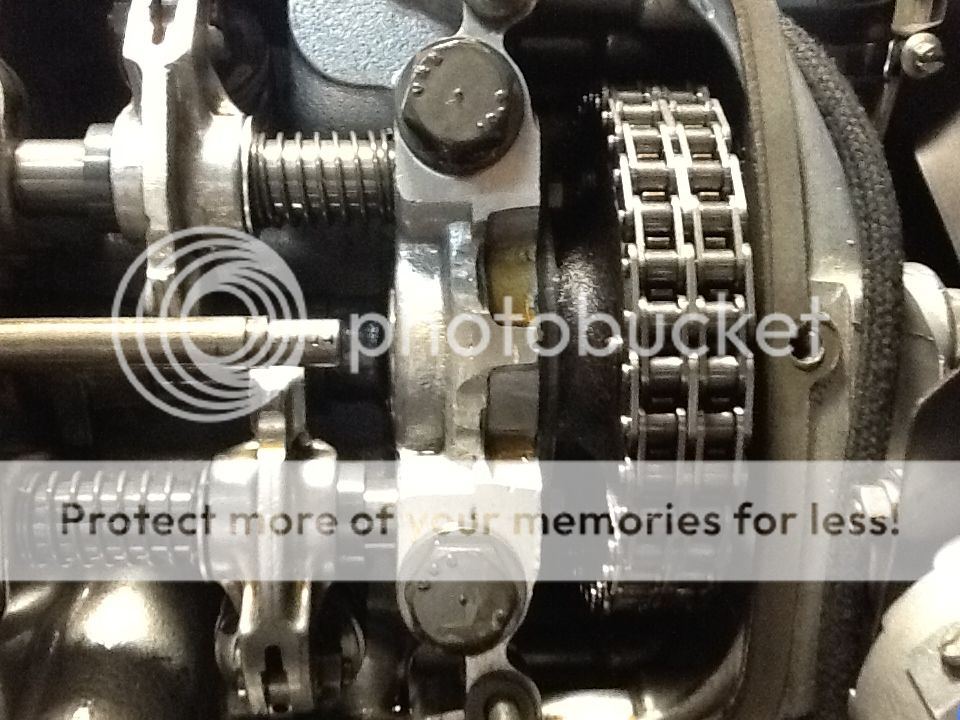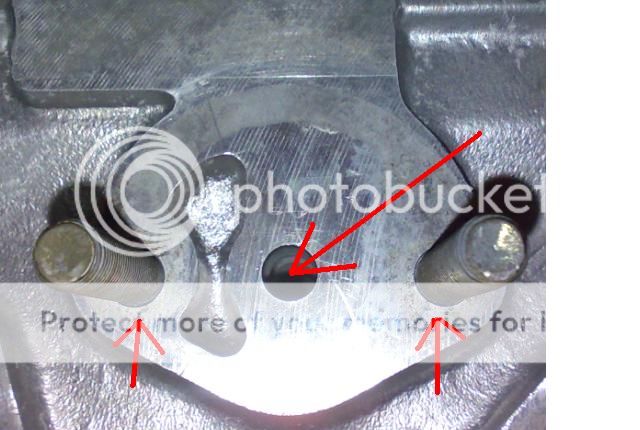now that many of our fellows are preparing new overpowered engines for their coupes, i am still keeping myself stock
here is then a project to be completed little by little, no rush, just enjoying the road as much as the finish...
it is the pending job on my car, to prepare an engine from zero, nut and bolt, there is no need for this, as my actual engine was recently rebuilt and runs smooth and beautifully, but i didn´t perform the task by myslef,
so i was thinking of this as a challenge, an entertainment and a hobby,..and finally when completed, cover the openings and keep it warm and dry for the future, or place it in a stand in the middle of the diningroom, who knows ? ;-)
i had a complete engine, from a 1975 CS, at hand, the owner had long ago decided that there was no use for it as far as the carriage was badly rotten and long ago found its way to the scrapeyard,
the block is in very good condition, but i wanted a newer head (>83), with proper water passages, so i hunt a 1277358 head from an e24 or e28, fortunately i have a proper camshaft in my stock,...

here is the dirty block, yes, it is dirty, but sometimes is better to have a dirty part, than a badly reworked one, i have checked all the threads, and aluminum covers, they are all ok, we have meassured the cylinders, and they are within admissible deviations, there is no need to machine them, but anyway i have decided to go to new pistons, so i must go for +0,25
as there is a little time now for preparation of the block and head, and time for buying or finding parts, some questions will arise and thus i will be asking for help, help that i will highly appreciate...
here is then a project to be completed little by little, no rush, just enjoying the road as much as the finish...
it is the pending job on my car, to prepare an engine from zero, nut and bolt, there is no need for this, as my actual engine was recently rebuilt and runs smooth and beautifully, but i didn´t perform the task by myslef,
so i was thinking of this as a challenge, an entertainment and a hobby,..and finally when completed, cover the openings and keep it warm and dry for the future, or place it in a stand in the middle of the diningroom, who knows ? ;-)
i had a complete engine, from a 1975 CS, at hand, the owner had long ago decided that there was no use for it as far as the carriage was badly rotten and long ago found its way to the scrapeyard,
the block is in very good condition, but i wanted a newer head (>83), with proper water passages, so i hunt a 1277358 head from an e24 or e28, fortunately i have a proper camshaft in my stock,...

here is the dirty block, yes, it is dirty, but sometimes is better to have a dirty part, than a badly reworked one, i have checked all the threads, and aluminum covers, they are all ok, we have meassured the cylinders, and they are within admissible deviations, there is no need to machine them, but anyway i have decided to go to new pistons, so i must go for +0,25
as there is a little time now for preparation of the block and head, and time for buying or finding parts, some questions will arise and thus i will be asking for help, help that i will highly appreciate...
Last edited:






